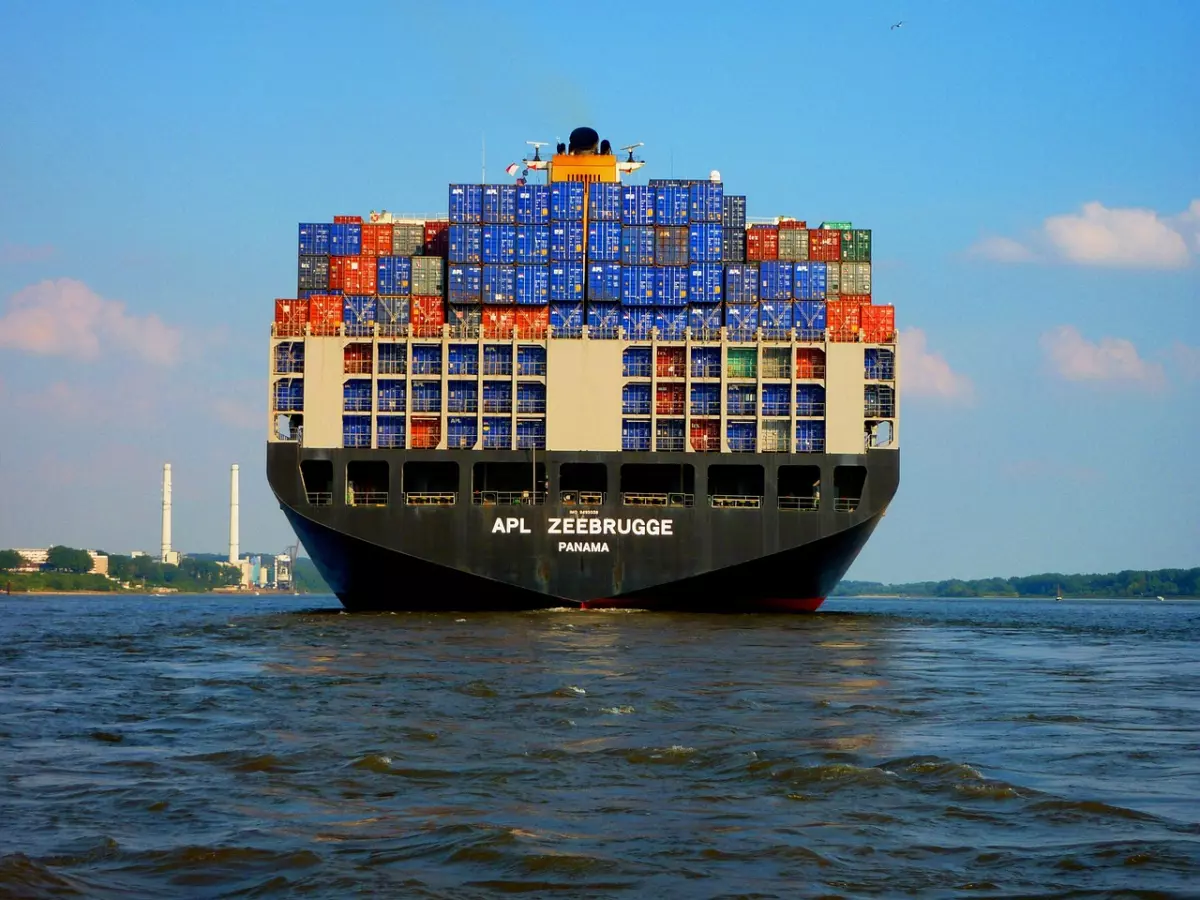Containers in Enterprise IT
What do shipping containers and enterprise IT have in common? More than you think. Both are designed to transport valuable assets efficiently, securely, and with minimal disruption. But while shipping containers revolutionized global trade, software containers are transforming the way enterprises build, deploy, and manage their technology solutions.

By Kevin Lee
In today’s fast-paced digital world, enterprises are under constant pressure to innovate, scale, and deliver services faster than ever. But here’s the catch: traditional IT infrastructure often struggles to keep up with these demands. Enter containers—a technology that’s been quietly reshaping the enterprise IT landscape. But what exactly are containers, and why are they such a game-changer for businesses?
Containers, in a nutshell, are lightweight, portable units that package software and its dependencies together, ensuring that applications run consistently across different environments. Whether it’s a developer’s laptop, a testing server, or a production environment in the cloud, containers ensure that the software behaves the same way, every time. This consistency is a huge win for enterprises, especially those juggling complex, multi-cloud environments.
But let’s back up a bit. Why does this matter? Well, in traditional IT setups, applications are often tightly coupled with the underlying infrastructure. This means that moving an application from one environment to another—say, from on-premise to the cloud—can be a nightmare. Different operating systems, configurations, and dependencies can cause all sorts of issues, leading to delays, downtime, and a whole lot of frustration. Containers solve this problem by abstracting the application from the infrastructure, allowing it to run anywhere, anytime.
Why Containers Are a Big Deal for Enterprise IT
So, why should enterprises care about containers? For starters, they offer a level of flexibility and scalability that traditional IT environments simply can’t match. Need to scale up your application to handle a sudden surge in traffic? No problem—just spin up more containers. Want to deploy your app across multiple cloud providers to avoid vendor lock-in? Containers make it easy.
But it’s not just about flexibility. Containers also bring significant cost savings. By allowing enterprises to run multiple applications on the same infrastructure, containers maximize resource utilization, reducing the need for expensive hardware and cloud resources. This is especially important for businesses looking to optimize their IT budgets in an increasingly competitive market.
Another major benefit of containers is their role in accelerating the software development lifecycle. In traditional environments, developers often face the dreaded “it works on my machine” problem, where an application runs perfectly in development but fails in production. Containers eliminate this issue by ensuring that the application and its dependencies are packaged together, creating a consistent environment from development to production. This not only speeds up development but also reduces the risk of bugs and errors, leading to faster time-to-market and happier customers.
Containers and Cloud Computing: A Match Made in Heaven
It’s no secret that cloud computing has become a cornerstone of modern enterprise IT. But while the cloud offers incredible scalability and flexibility, it also introduces new challenges. Managing applications across multiple cloud providers, ensuring security and compliance, and optimizing costs can be a daunting task. This is where containers come in.
Containers are inherently cloud-friendly. Their portability and consistency make them ideal for multi-cloud and hybrid cloud environments, where applications need to run seamlessly across different platforms. By using containers, enterprises can avoid the complexities of managing different environments and focus on delivering value to their customers.
Moreover, containers are a natural fit for microservices architectures, which have become increasingly popular in the cloud era. In a microservices architecture, applications are broken down into smaller, independent services that can be developed, deployed, and scaled independently. Containers provide the perfect environment for these microservices, allowing them to run in isolation while still communicating with each other. This not only improves scalability but also makes it easier to update and maintain individual services without affecting the entire application.
Security and Containers: What Enterprises Need to Know
Of course, no discussion about enterprise IT would be complete without addressing security. While containers offer many benefits, they also introduce new security challenges. Because containers share the same operating system kernel, a vulnerability in one container could potentially affect others. This is why it’s crucial for enterprises to implement robust security practices when using containers.
Fortunately, there are several tools and best practices available to help enterprises secure their containerized environments. For example, container orchestration platforms like Kubernetes offer built-in security features, such as role-based access control (RBAC) and network policies, to help protect containers from unauthorized access. Additionally, enterprises can use container security tools to scan for vulnerabilities, monitor container activity, and enforce security policies.
Another important consideration is the use of trusted container images. Enterprises should always use container images from reputable sources and regularly update them to ensure they are free from vulnerabilities. By following these best practices, enterprises can minimize the security risks associated with containers and enjoy the benefits of this powerful technology.
The Future of Containers in Enterprise IT
As enterprises continue to embrace digital transformation, containers are poised to play an even bigger role in the future of IT. With the rise of edge computing, 5G, and AI-driven applications, the need for scalable, flexible, and portable solutions will only increase. Containers, with their ability to run consistently across different environments, are well-positioned to meet these demands.
But perhaps the most exciting development in the world of containers is the growing ecosystem of tools and platforms designed to support them. From container orchestration platforms like Kubernetes to container-native security solutions, enterprises now have access to a wide range of resources to help them manage and optimize their containerized environments.
In conclusion, containers are more than just a buzzword—they’re a fundamental shift in the way enterprises build, deploy, and manage their IT solutions. By embracing containers, businesses can unlock new levels of flexibility, scalability, and efficiency, positioning themselves for success in an increasingly digital world.





